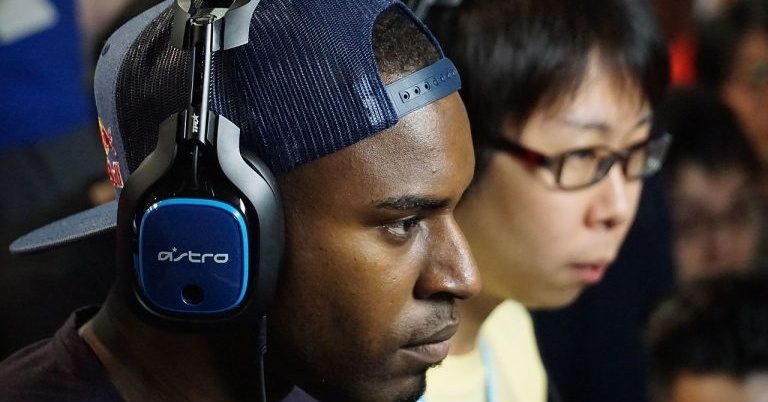
What Leaders Can Learn From Game Design, Part 3: Mastery
(Note: This is part 3 in a series on Gamification: Embedding elements of game playing to the workplace to encourage engagement . If you missed the first two posts, read Part 1: Part 1 Autonomy and Part 2 Relatedness)
“Arrrrgh…OK just one more time!” If you’ve ever muttered something like this playing a video game–as I did last night playing Rocket League–then you’ve felt the pull of trying to improve.
Improving at something that matters to us—or, as it’s referred to in psychology, Mastery–is a key human motivator.
Mastery is identified in self-determination theory, which suggests that Autonomy, Relatedness, and Competence are all vital human motivators. Daniel Pink’s book Drive has popularized self-determination theory and replaced the academic term ‘competence’ with the snazzier term ‘mastery’.
Mastery is engaging, and video games are engaging, because they satisfy our need for improvement. Think about a time when you first started playing a new game (Angry Birds, Bejeweled, any mobile or video game). When you first started playing you probably weren’t very good at it, but almost right away, you likely achieved some level of mastery. Mastery feeds the brain dopamine, it feels good, and so you keep on being engaged.
You can harness that same engagement that video games entice our brains with, while also boosting the engagement of those you work most closely with, by creating opportunities to increase mastery in the workplace.
How? I’ll describe the process as if applied to yourself, and let you translate it to those you work with:translate to those you lead:
1: Write down your best possible future at work, for let’s say three years from now. Now you have a long term goal that captures what is important to you, and therefore the skills and/or knowledge you want to eventually master.
2: Now create shorter term goals that are meaningful to you (or the person pursuing those goals). We find it helpful to go beyond SMART goals to SMARTEST goals when creating your goals. Now you have shorter term targets, with specific milestones to focus on.
3: “Rubber band” difficulty. What does that mean? “Rubber-banding” is a slang term for dynamically adjusting game difficulty as a player plays. It comes from racing games. If you are playing against multiple computer-controlled cars, and get far ahead, the game will slow you down and speed computer-controlled cars up, as if a large invisible rubber band were connecting you and the other cars. Similarly, if you fall far behind computer-controlled cars, they will slow down ahead of you, and you will find boosts readily available to speed you up. This technique keeps games at an ideal level of challenge regardless of your ability. You can do the same thing with your work and your goals. Feeling too hard? Ask for help, or break bigger tasks into smaller, more manageable sub-tasks. Feeling too easy? See how quickly you can get it done, see how high you can make the quality of your work, or go for a “stretch goal” beyond the original goal.
4: Get a lot of feedback & celebrate progress. Think about any video game you have ever played, and you’ll realize how much feedback you get while playing. Ding; that’s 10 points for you! Pow; you hit the target! Level complete, here’s the next level. Hey, you just upgraded your vehicle! See the rank you earned this time. See how your performance over the past few weeks compares to others. Game designers like me know that progress satisfies our need for improvement and mastery. We make sure that games deliver feedback as much as possible. We want you to see, hear, and feel the feedback, because it keeps the game engaging. Get (and/or give) as much feedback as possible to keep your work engaging, too. Reward progress the way games do, and you’ll be using gamification even more effectively.
5: Get into the state of mind that psychologists call ‘flow‘. Flow is the very productive, very happy zone where everything is clicking for you. You reach flow when a task is right at the edge of your ability (see “Rubber band difficulty”, above) and you get lots of feedback (see “Get a lot of feedback” above).
If you create a clear and meaningful long-term goal, write down specific shorter-term goals that help you get there, adjust difficulty to be ideal, get a lot of feedback, and get into flow, you are satisfying your need for mastery. You’ll be engaged by this vital human motivator, and therefore do better work and enjoy it more.
How has this–or could it–work for you? For those you lead? As always we would love to hear your comments.
I had told you earlier that this was a three-part blog series. But it turns out that positive surprises are another key way that games engage players. So surprise, there’s a part 4 coming up. Please stay tuned…